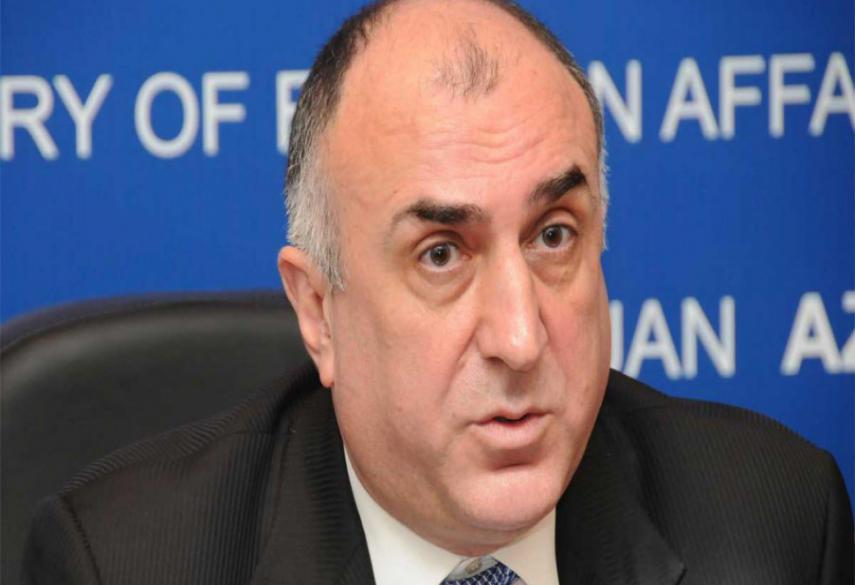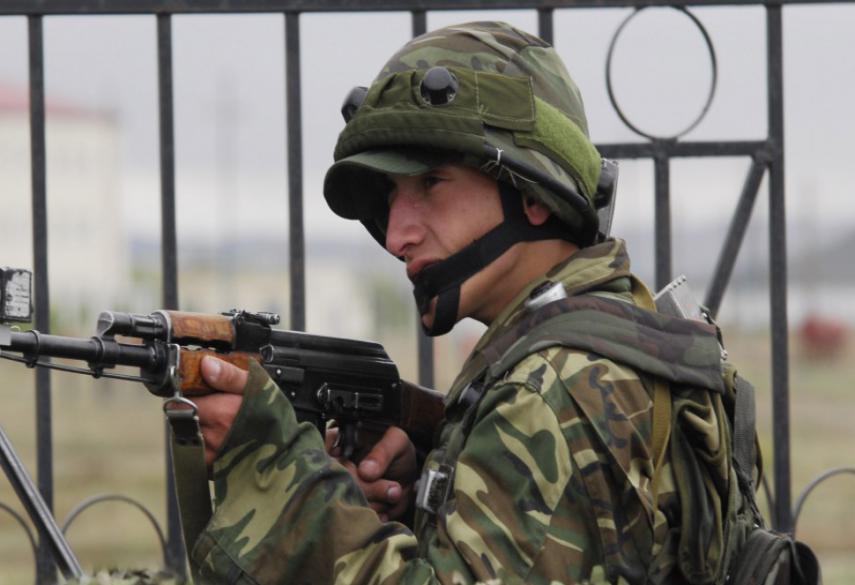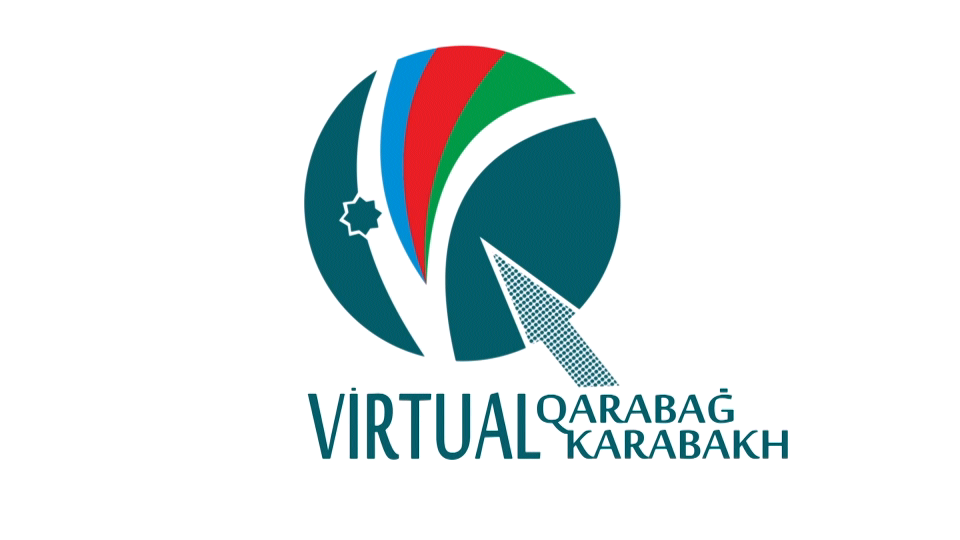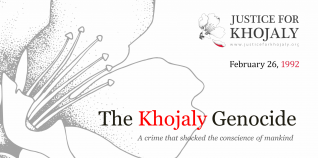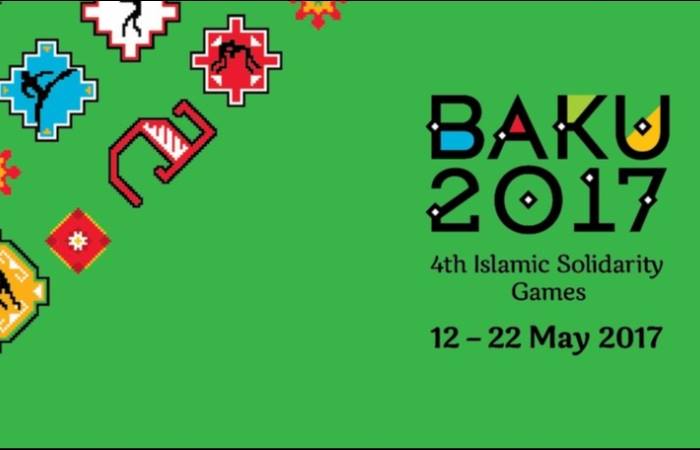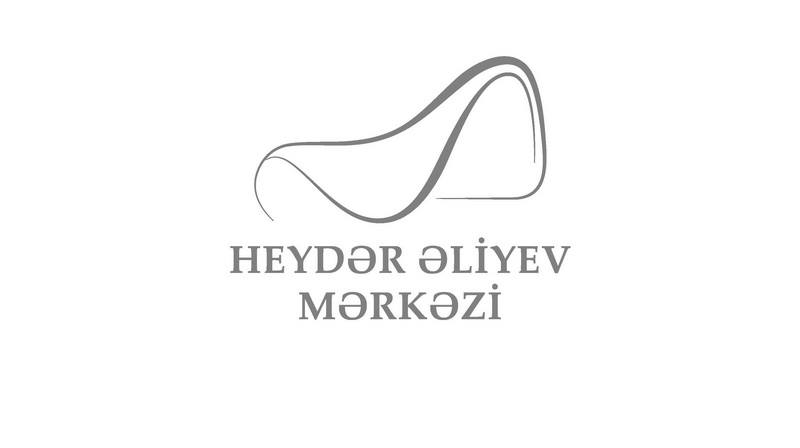FM Mammadyarov: By committing provocative and sabotage acts Armenia prevents any progress in the settlement of conflict
Interview by Elmar Mammadyarov, Foreign Minister of the Republic of Azerbaijan, to Azerbaijan State News Agency.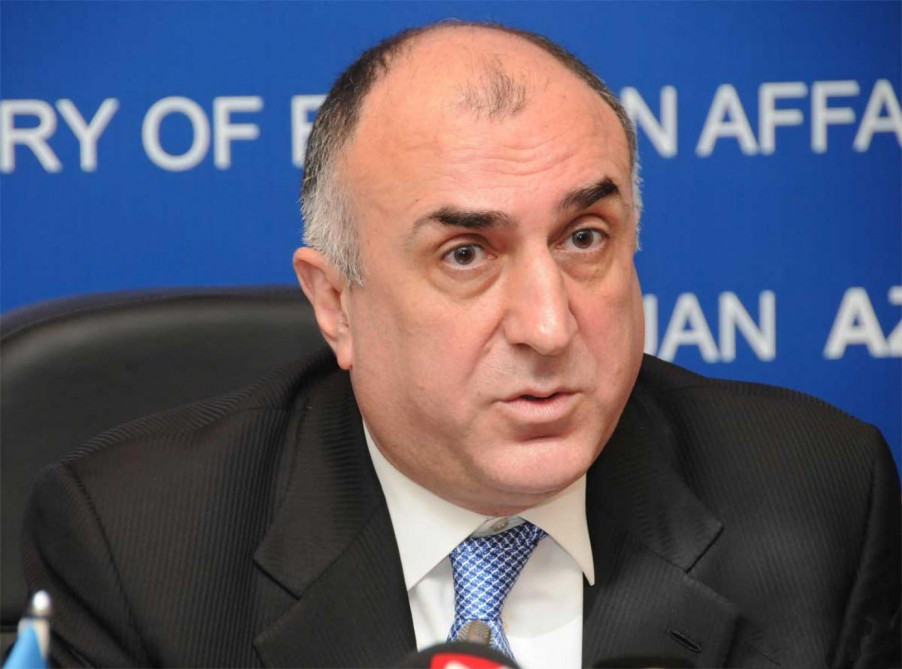
The next meeting of the Presidents of Azerbaijan and Armenia took place on the 19th December, 2015 in Bern, more than a year gap, after Paris meeting in October, 2014. What would you say about this meeting?
During 2014, Presidents of Azerbaijan and Armenia, with the attendance of the OSCE’s Minsk Group Co-chairs, met in August 10, in Sochi by the initiative of Vladimir Putin, President of the Russian Federation, in September 4th in New Port (Wales) by the initiative of John Kerry, Secretary State of the U.S. and in October 27 in Paris by the initiative of Francois Hollande, President of French Republic. As a result of the meetings some progress was achieved and after Paris meeting Francois Hollande, President of French Republic, invited parties to the conflict, Azerbaijan and Armenia, to work on the Peace Agreement. On December 4th 2015, OSCE’s Minsk Group Co-chairs on the level of Foreign Ministers issued a statement calling Armenia and Azerbaijan to work on the Peace Agreement without any delay. Azerbaijan even at that time stated its readiness to start working on the Peace Agreement.
Right after the Paris meeting Armenia conducted large-scale military exercises in the occupied territories of Azerbaijan, with the involvement of 46.000 personnel and more than 5000 military equipment as reported by official Yerevan. As a consequence of the conducted military exercises, Armenia provoked the occurrence of well-known helicopter incident and it avoided achieving any progress in the settlement of conflict and served for escalation of the situation.
Therefore, arrangement of the meeting by the OSCE Minsk Group Co-Chairs at the level of Presidents on December 19, 2015 in Bern, in the capital city of Swiss Confederation, should be considered as a positive development. We appreciate all the efforts by OCSE’s Co-chairs and Swiss Government, as a host, for organizing the meeting.
OCSE’s Co-chairs statement dated on December 3rd 2015 and statement after Presidents’ Bern Meeting dated on December 19th 2015, Armenia and Azerbaijan are invited to continue discussions from the Sochi, Wales, and Paris Summits of 2014 on elements of a comprehensive settlement, and intensify their dialogue in 2016 on the basis of proposals currently under discussion.
As a country suffering from occupation and aggression and having more than one million of IDP and refugee community and the most interested side in the soonest resolution of the conflict, Azerbaijan has been and remains in favor of holding result-oriented and substantial negotiations. At the given moment, Azerbaijan stands ready for constructive discussions based on the proposals on the table and this stance was reiterated at the Bern meeting.
What do proposals on the table, which Co-chairs refer to, consist of? Do you imply the proposals suggested by Sergey Lavrov, Foreign Minister of Russian Federation, in OSCE’s Belgrade meeting of Foreign Ministers in December 3-4, 2015?
As one of the Co-chair country, Foreign Minister of Russian Federation Sergey Lavrov presented proposals on resolution of the conflict to Azerbaijan and Armenia, the parties to the conflict. Those proposals are supported by other co-chair countries. During 2015, in order to hold discussions over these proposals, Foreign Minister Sergey Lavrov paid working visits to Baku and Yerevan and exchanged views with Presidents of Azerbaijan and Armenia over the proposals. We highly appreciate Russia’s efforts towards settlement process of the conflict as OSCE co-chair country.
Those proposals included the agreements of the Sochi, New Port and Paris meetings of the Presidents and prepared on the basis of Updated Madrid Principles. A 6 point Updated Madrid Principles is well known to the wider public. Updated Madrid Principles include the step-by-step liberation of adjacent districts of Nagorno Karabakh region of Azerbaijan, as well as other related issues.
It is the time to start working on the Comprehensive Peace Agreement based on the proposals prepared in accordance with the updated Madrid Principles and supported by the OSCE’s Co-chairs. But Armenia is waiting for what?
Armenia by committing provocative-sabotage acts along the contact line of Armenia and Azerbaijan forces and through the borders of two countries and conducting illegal actions in the occupied territories of Azerbaijan aims to escalate the situation and by all means prevent any progress in the settlement of conflict.
Despite the fact that there are concrete proposals on the negotiation table, in the statements Armenian side omits to refer to them and tries to deviate from the core target of the negotiations by putting emphasize on secondary issues like investigation of incidents and continues to make speculative statements only for demands of local audience. Even Armenian lobby organizations in the United States and other countries are mobilized to divert attention from the fundamental issues which can serve for the comprehensive settlement of the conflict, thus, the focus was oriented towards the mechanism on investigation of incidents.
What does investigation of incidents mechanism mean? And what is the official position of the Government of Azerbaijan in this regard?
As one of the elements of set of measures in resolution of this conflict, investigation of incidents mechanism was reflected in the Sochi statements (March 05, 2011; January 23, 2012) of the Presidents of Azerbaijan, Armenia, and Russia. Just to make it clear, investigation of incidents mechanism is not a target, it is one of the means that would serve for the comprehensive resolution of the conflict.
First of all, we should find out why the incidents occur? The military forces of Armenia are present illegally in the occupied territories of Azerbaijan. After withdrawal of the armed forces of Armenia from the occupied territories of Azerbaijan the incidents would not occur and investigation of incidents mechanism wouldn’t be needed.
After the New York meeting of Foreign Ministers of Azerbaijan and Armenia with participation of OSCE’s Minsk Group Co-chairs it was once again stated by Azerbaijani side that investigation of incidents mechanism should be part of the withdrawal process of military forces of Armenia from the occupied territories of Azerbaijan.
In general, as a mechanism, investigations of incidents leave some questions on the ground and application of this mechanism at the points alongside the occupied territories of Azerbaijan with the state border of Armenia could be considered.
Armenia deliberately throws out the most important element of comprehensive settlement of conflict, which is withdrawal of military forces of Armenia from all occupied territories of Azerbaijan, and brings the mechanism of investigation of incidents to the spotlight. It is crystal clear that under the pretext of mechanism Armenia intends to consolidate occupation of the territories of Azerbaijan and maintain the status –quo which is considered unacceptable and unsustainable in the statement issued by the Presidents of the OSCE’s Minsk Group Co-chair countries.
Were the humanitarian aspects of the conflict, including release of Dilgam Asgarov and Shahbaz Guliyev, two Azerbaijani civilians still being taken as hostages by Armenia, as a follow up the Paris meeting, discussed in Bern?
Humanitarian aspects of the conflict were also subject of discussion at the Bern meeting of the Presidents. Release of Dilgam Asgarov and Shahbaz Guliyev was once again raised by H.E Mr. Ilham Aliyev, President of the Republic of Azerbaijan.
I just want to recall the Astarkhan (October 27, 2010), Sochi (March 5, 2011; January 23, 2012) statements of the Presidents of Azerbaijan, Armenia and Russia which envisaged cooperation on exchange of hostages and prisoners of war, return of bodies of the dead and humanitarian aspects of the conflict at large. At the Paris meeting of the Presidents in order to identify the fates of the missing person establishment of data exchange mechanism through International Committee of the Red Cross was proposed. Azerbaijan, the country with having more than 4000 missing persons, fully supports this humanitarian initiative of François Hollande, the President of France.
In this regard, we appreciate humanitarian missions conducted by the ICRC and Swiss Government. According to the last updated list prepared by the ICRC 4496 persons have been identified as missing. We do hope that after successful implementation of this project, it would be possible to provide the families the information on the fate missing persons. These are persons considered missing for more than 20 years.
In the statement issued by the OSCE’s Minsk Group Co-chairs dated on December 3, 2015, Azerbaijani authorities’ decision to return an Armenian soldier who crossed the Line of Contact and an Armenian civilian was mentioned as a helpful humanitarian gesture and consistent with international humanitarian obligations.Furthermore, Parties to the conflict were urged to return all remaining prisoners in the spirit of the Astrakhan Declaration of October 2010 issued by the Presidents of Armenia, Azerbaijan, and the Russian Federation.
I would also like to add that even before that as a sign of goodwill demonstrated by Azerbaijan, a family was returned to Armenia.
So, it is Armenia’s turn. Official Yerevan should cooperate on data exchange on missing persons and provide the soonest release of Dilgam Asgarov and Shahbaz Guliyev consistent with its obligations under the international humanitarian law and calls of OSCE’s Minsk Group Co-chairs.
I would like to reiterate that the Republic of Azerbaijan stands ready to the result-oriented negotiation that would serve for the eradication of the consequences of Armenian occupation, restoration of its territorial integrity and sovereignty within internationally recognized borders, return of IDPs and refugees to their place of origin.
Azerbaijan will actively continue its cooperation with OSCE’s Minsk Group Co-chairs towards settlement of the conflict in 2016. Armenia should understand that, as international community demands, unacceptable and unsustainable status-quo should be changed and military forces of Armenia should be withdrawn from the occupied territories of Azerbaijan. Only after that sustainable peace and stability could be restored and windows of opportunity for the full-fledged economic development could be open up in the region.






